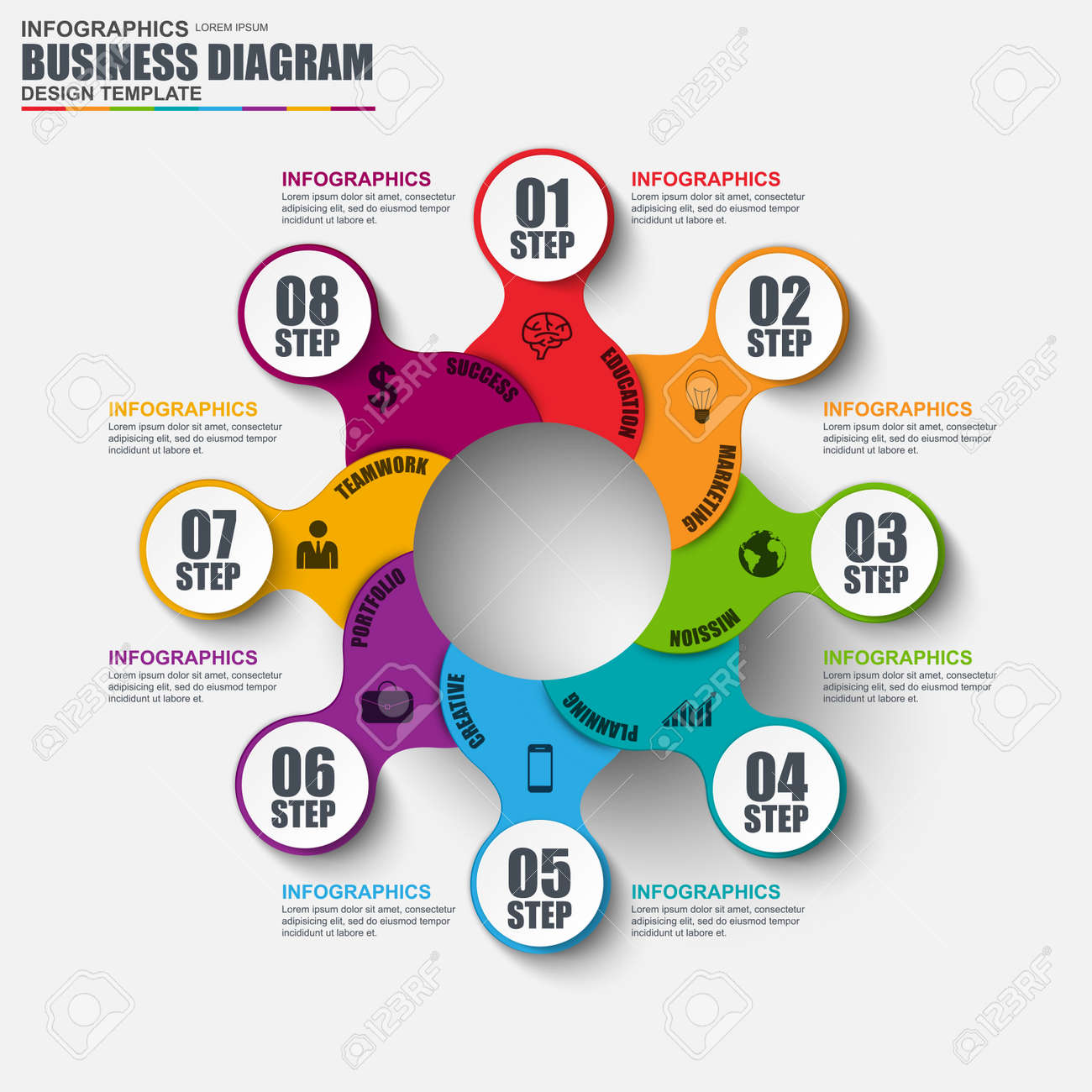Eager To Find Just How Internet Site Design Has Transformed Gradually? Dive Into The Development From Simpleness To User-Focused Experiences
Eager To Find Just How Internet Site Design Has Transformed Gradually? Dive Into The Development From Simpleness To User-Focused Experiences
Blog Article
Write-Up By-Pappas Hyldgaard
In the past, internet sites were simple and focused on details. Navigating was direct, and design was for desktops. Currently, individual experience is key. Data overviews designs for very easy navigation. Responsive designs suit various devices. Today, dark setting lowers strain, and minimalist menus improve navigating. Interactive features engage users, and bold visuals attract attention. AI combination improves involvement. See just how design has actually developed to improve your on the internet journey.
Early Days of Web Design
In the early days of website design, simplicity preponderated. Websites were fundamental, with restricted shades, typefaces, and formats. The emphasis got on supplying details instead of showy visuals. Individuals accessed the web with slow-moving dial-up connections, so rate and capability were essential.
Navigating food selections were straightforward, commonly located on top or side of the web page. Internet sites were designed for desktop computers, as mobile browsing had not been yet prevalent. Material was king, and developers prioritized simple readability over complicated layout aspects.
HTML was the primary coding language used, and designers had to function within its constraints. Computer animations and interactive features were very little compared to today's criteria. Websites were static, with little vibrant material or customized individual experiences.
Rise of User-Focused Layout
With the advancement of site layout, a shift in the direction of user-focused design concepts has become progressively popular. Today, creating web sites that focus on customer experience is important for engaging site visitors and accomplishing company objectives. User-focused design involves comprehending the requirements, preferences, and habits of your target market to customize the website's format, content, and includes appropriately.
Designers currently carry out complete study, such as user studies and functionality screening, to gather insights and comments straight from users. This data-driven strategy aids in creating user-friendly navigation, clear calls-to-action, and aesthetically appealing user interfaces that reverberate with visitors. By https://www.forbes.com/sites/forbescommunicationscouncil/2021/08/25/whats-always-on-content-marketing-and-why-should-you-be-doing-it/ at the center of the style procedure, sites can deliver an extra customized and satisfying experience.
Responsive style has also become an essential aspect of user-focused style, making certain that internet sites are optimized for different gadgets and screen sizes. This versatility improves access and functionality, accommodating the varied ways customers connect with web sites today. Basically, the rise of user-focused style indicates a shift towards developing digital experiences that prioritize the demands and expectations of completion individual.
Modern Trends in Web Design
Discover the current trends shaping website design today. One noticeable pattern is dark mode layout, providing a sleek and contemporary look while minimizing eye stress in low-light atmospheres. Another key trend is minimalist navigating, streamlining menus and improving user experience by focusing on essential elements. Incorporating micro-interactions, such as animated switches or scrolling effects, can create a more engaging and interactive internet site. Receptive layout remains important, making certain seamless user experiences across numerous devices. In addition, making use of strong typography and unbalanced formats can add visual interest and draw attention to certain material.
Integrating AI technology, like chatbots for customer assistance or personalized referrals, boosts customer engagement and streamlines procedures. Accessibility has additionally become a significant trend, with developers focusing on comprehensive style practices to cater to diverse customer needs. Accepting sustainability by optimizing site efficiency for rate and efficiency is one more arising fad in website design. Teaming up with individual responses and information analytics to repeat and improve layout continually is necessary for staying pertinent in the ever-evolving electronic landscape. By welcoming these contemporary patterns, you can create a visually appealing, easy to use site that resonates with your audience.
Verdict
As you assess the development of internet site layout from the early days to currently, you can see just how user-focused layout has actually ended up being the driving pressure behind modern-day patterns.
Accept the journey of adjustment and adjustment in web design, always maintaining the individual experience at the leading edge.
Stay present with the most up to date fads and modern technologies, and never quit progressing your technique to develop visually sensational and easy to use websites.
Develop, adjust, and create - the future of web design is in your hands.
